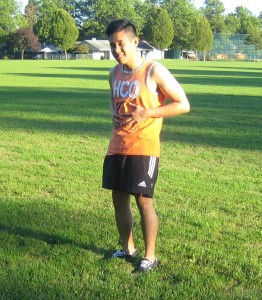Fact Checked
Overview Of A Nosebleed
- A nosebleed occurs when one of the blood vessels in the inside layer of the nose ruptures.
- Nosebleeds can be caused by infection, damage to the head, allergic response, nose picking or an item being pressed into the nostril. It can also be referred to as epistaxis.
- Bleeding from the nose is frequent in kids and is generally not serious. Get medical attention if nosebleeds are serious, regular or prolonged.
Nosebleed Symptoms
The symptoms and signs of a nosebleed consist of:
- Blood loss from either one or both nostrils.
- A feeling of flowing liquid at the back of the throat.
- The urge to swallow regularly.
A nosebleed occurs when one of the blood vessels in the inside layer of the nose ruptures.
What Are The Causes of Nosebleeds
There are several factors that can cause a nosebleed, including:
- Delicate blood vessels that bleed easily, possibly in warm climate or after exercising.
- A virus in the lining of the nose or sinuses.
- An allergic reaction that causes hay fever or constant coughing.
- Bumping your nose or falling.
- An item that has been pressed up the nostril.
- Nose picking.
- A bleeding or clotting problem.
Providing First Aid For Nosebleeds
- Comfort the individual, particularly children, as crying increases blood flow.
- Sit the individual up straight and drop their head a little forward.
- Apply some pressure on the soft section of the nostrils below the bridge of the nose for at least 15 minutes.
- Ask the individual to inhale through their mouth while their nostrils are pinched.
- Undo tight clothing surrounding the neck.
- Put a cold rag or cold pack over the individual’s forehead and also around the neck, particularly around the sides of the neck.
- After 15 minutes, release the force on the nostrils and examine to see if the bleeding has stopped.
- If the bleeding continues, seek medical assistance.
- Tell the individual not to breathe in or inhale through their nose for at least 20 minutes and not to touch their nose for the remainder of the day. Having a nose filled with coagulated blood is horrible and kids in particular can find it hard to avoid sniffing for a few hours.
- You must go to the doctor if the bleeding does not end after applying first aid techniques. It is vital to locate and treat the cause of the bleeding.
Related Video On Nosebleeds
https://www.youtube.com/watch?v=sPpA9TbCQEY

